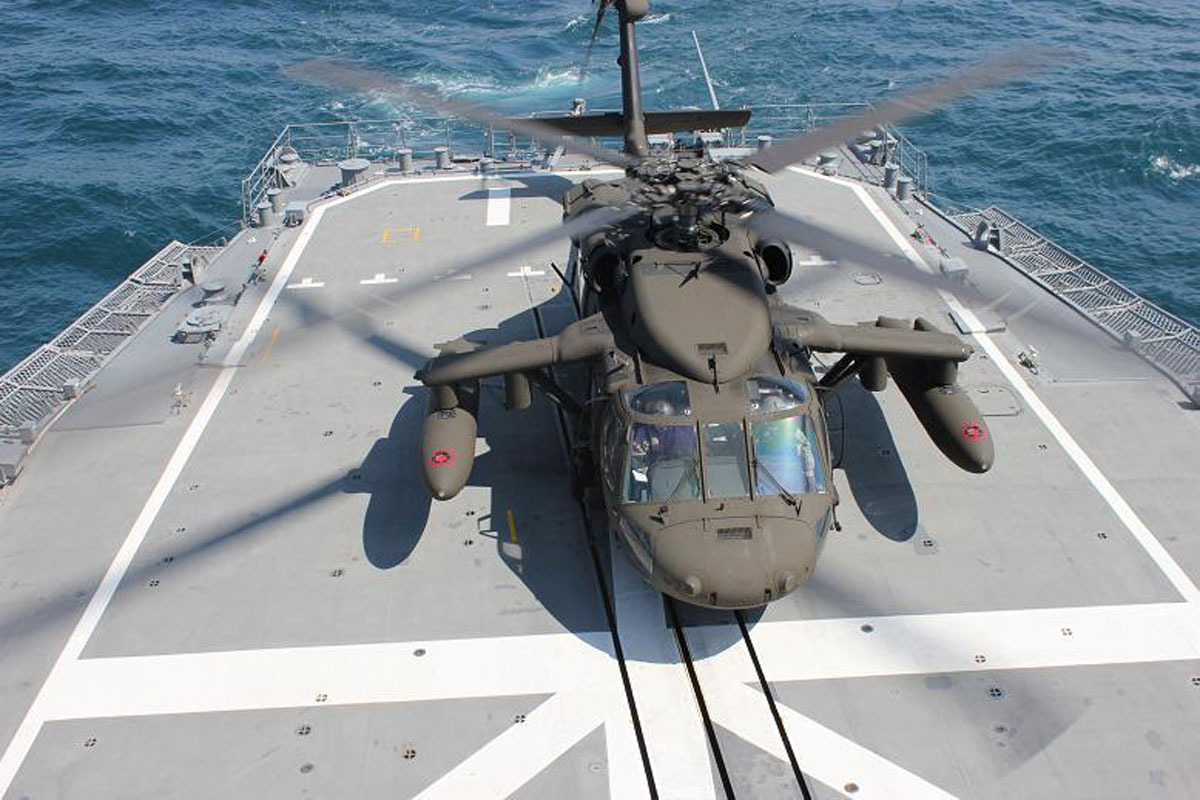Comprehending the Duty and Value of Different UH60 Parts in Air Travel Workflow
In the intricate globe of aeronautics procedures, every element of a UH60 helicopter plays an important function in guaranteeing safe and reliable flights. As we discover the value of the blades system, engines, avionics, transmission system, and landing equipment in UH60 procedures, a deeper admiration for the harmony of these aspects emerges, shedding light on the complexities that underpin the aeronautics market's dedication to precision and reliability.
Rotor System
The blades system, a crucial part in helicopter design, plays an essential role in offering lift and directional control during trip. Consisting of the primary rotor and tail rotor, this system is responsible for producing the essential aerodynamic forces to keep the helicopter airborne and maneuverable.
In contrast, the tail rotor, positioned at the tail end of the helicopter, combats the torque produced by the major blades's turning, making sure the helicopter stays well balanced and can make controlled turns. Together, these rotor elements develop a sophisticated system that allows helicopters to execute a vast array of flight maneuvers effectively and safely.

Engines
In aeronautics operations, the proper performance of engines is paramount to matching the blades system's aerodynamic abilities in helicopters. The UH60 helicopter is outfitted with 2 General Electric T700-GE-701D engines, each supplying 1,890 shaft horsepower. These turboshaft engines are essential components that power the main rotor transmission, tail rotor system, and other vital helicopter systems. The engines play a crucial duty in creating the essential power to raise the aircraft, manage its flight, and guarantee a risk-free operation.
The dependability and performance of these engines are important elements in the UH60's general operational performance and safety and security. Routine upkeep, examinations, and adherence to maker standards are vital to maintain the engines in ideal condition. Keeping track of different specifications such as engine temperature, oil pressure, and gas consumption is vital to detect any type of potential problems beforehand. In instance of engine malfunctions or emergency situations, pilots rely upon their training and the helicopter's style features to carry out necessary procedures swiftly and safely. On the whole, the engines in UH60 helicopters are necessary elements that contribute substantially to the airplane's operational success and goal performance.
Avionics
Avionics innovation plays a critical role in contemporary air travel procedures, integrating digital systems for communication, navigation, and airplane administration. In the UH60 helicopter, avionics include a vast array of systems that make sure efficient and risk-free trip. uh 60. These systems consist of interaction visit here tools, such as radios and transponders, which make it possible for pilots to interact with air traffic control service and other airplane. Navigation systems, like GPS and inertial navigating devices, offer exact placing details to the team, assisting in route planning and ensuring precise navigating during flights. In addition, avionics include trip administration systems that help automate different jobs, such as autopilot functions and flight data recording.
Moreover, avionics play an essential function in improving situational understanding for pilots, allowing them to keep an eye on critical flight parameters, climate problems, and potential hazards in real-time. By providing necessary data and automation capabilities, avionics add dramatically to the safety, performance, and total performance of UH60 helicopters in varied aeronautics operations.
Transmission System
An essential element of the UH60 helicopter's performance and performance is its transmission system. The transmission system in a UH60 helicopter is responsible for moving power from the engines to the primary blades and tail rotor systems. This vital component ensures that the helicopter can steer successfully and maintain security throughout trip operations.
The transmission system in the UH60 helicopter is composed of different parts, consisting of the primary gearbox, intermediate gearbox, tail transmission, and drive shafts. Each of these components plays a crucial duty in making certain that power is distributed effectively throughout the airplane.
The main gearbox is specifically essential as it transfers power from why not try here the engines to the major blades system, allowing the helicopter to raise off the ground and achieve ahead, backwards, and lateral activity. The tail gearbox, on the other hand, transfers power to the tail blades, which aids counteract the main blades's torque and offers directional control.
Touchdown Equipment


The landing gear of the UH60 helicopter serves as an essential part for making certain safe and secure ground operations, complementing the functionality of its transmission system. Being composed of wheels, shock absorbers, and support structures, the touchdown equipment supports the helicopter's weight during launch, touchdown, and while on the ground. Normal inspections, lubrication, and replacement of worn-out elements are needed to promote the reliability and effectiveness of the landing gear system.
Final Thought
Finally, the various parts of the UH60 helicopter play see this here important functions in making sure the smooth procedure of aeronautics tasks. uh 60. The blades system, engines, avionics, transmission system, and touchdown gear all interact to guarantee the safety and security and efficiency of the airplane. Recognizing the significance of each component is important for pilots, engineers, and upkeep staff to make sure the total capability of the UH60 helicopter during flight operations
